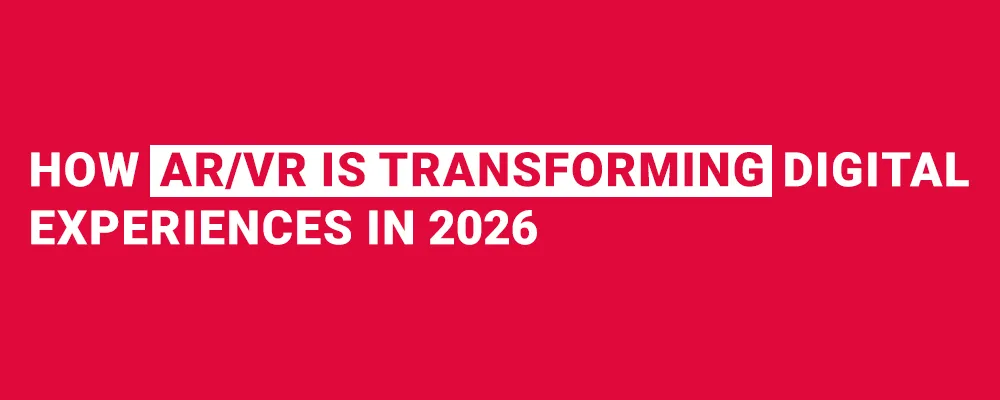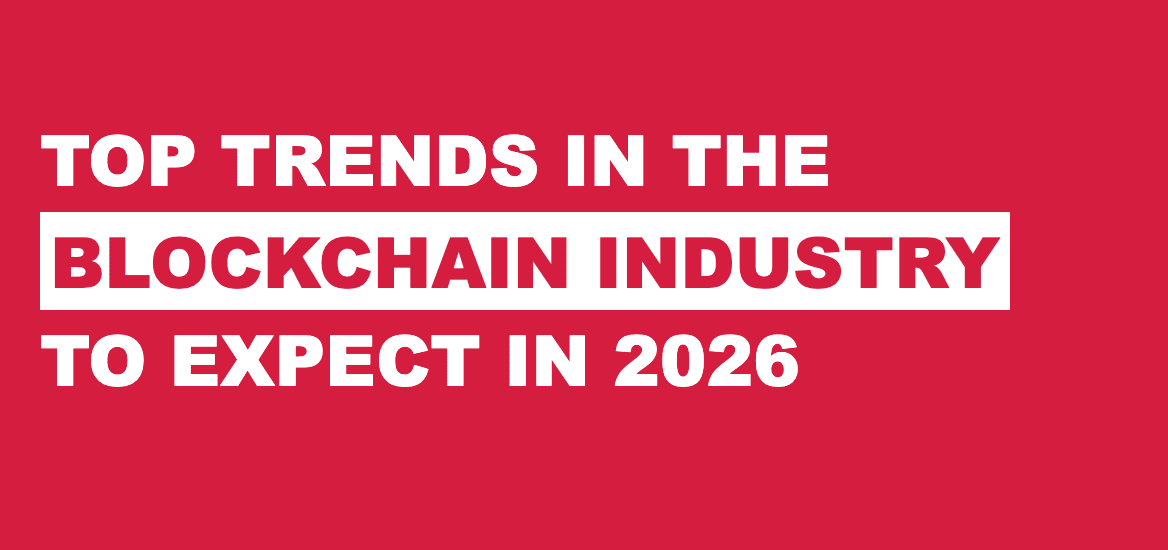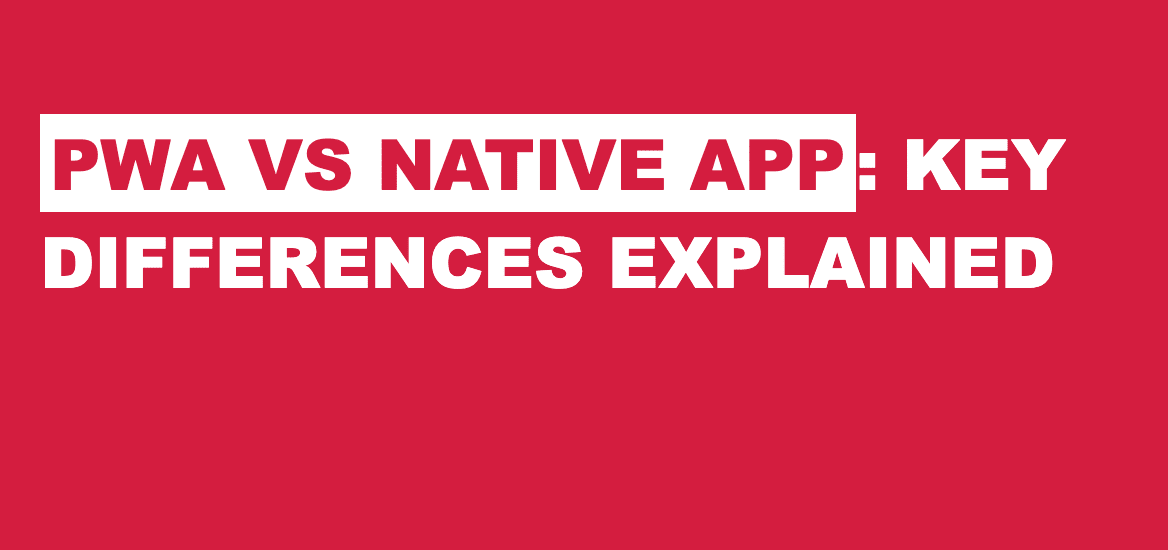How to Build a Successful On-Demand Delivery App?
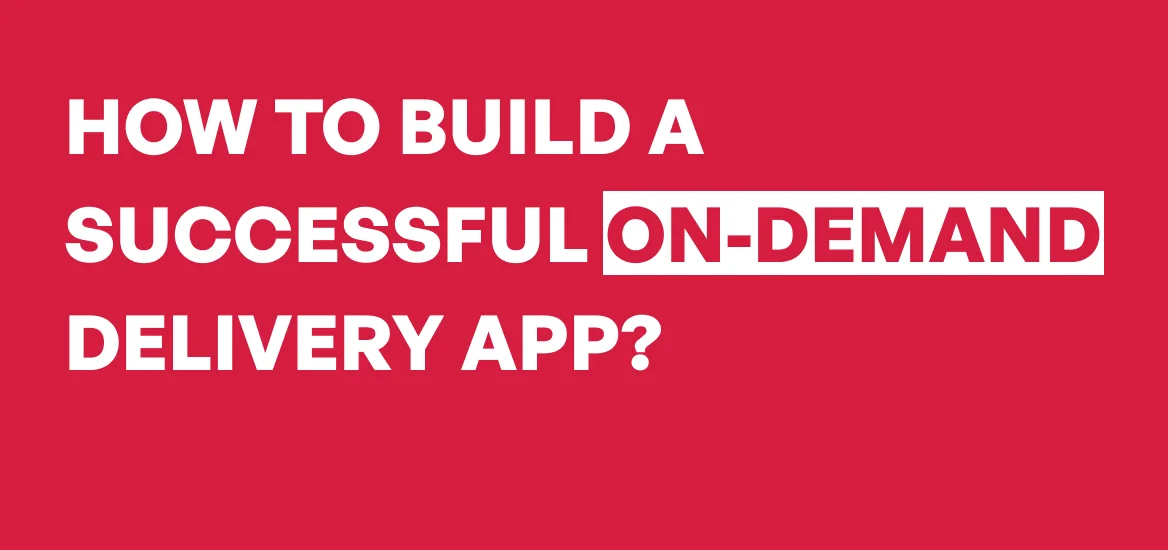
In this technological era, everyone wants instant access to services with a seamless experience, whether it’s shopping, getting a service, or many more. Everything is changing so fast, isn’t it? Hence, this has increased with the demand for developing an on-demand delivery app among entrepreneurs and businesses. Some of the best examples of this include Uber, Zomato, Airbnb, and many more. These applications deliver the required services to the user at the given time and have been successful. Willing to develop this type of mobile app development service. Before this, one needs to know how to build a successful on-demand delivery app.
There are different types of on-demand delivery apps, like on-demand food delivery, grocery delivery, medicine delivery, transportation, and many more. The economy of on-demand app development has created a massive impact on different industries, and among these the food industry is exceptional. Users prefer to live with modern living, and hence there is a widespread popularity & outstanding growth of on-demand delivery applications. Let us understand in-depth how to make a successful on-demand delivery app.
Market Statistics of On-Demand Delivery Application
The research and market statistics of the on-demand delivery app show that it has reached US$1.39tn in 2025. There is an annual growth rate of CAGR 2025-2030 of 7.64%. The project market volume is expected to be US$2.02tn by 2030. By the year 2026, it is expected to grow 12.4% & in 2025, the market volume is US$938.98bn
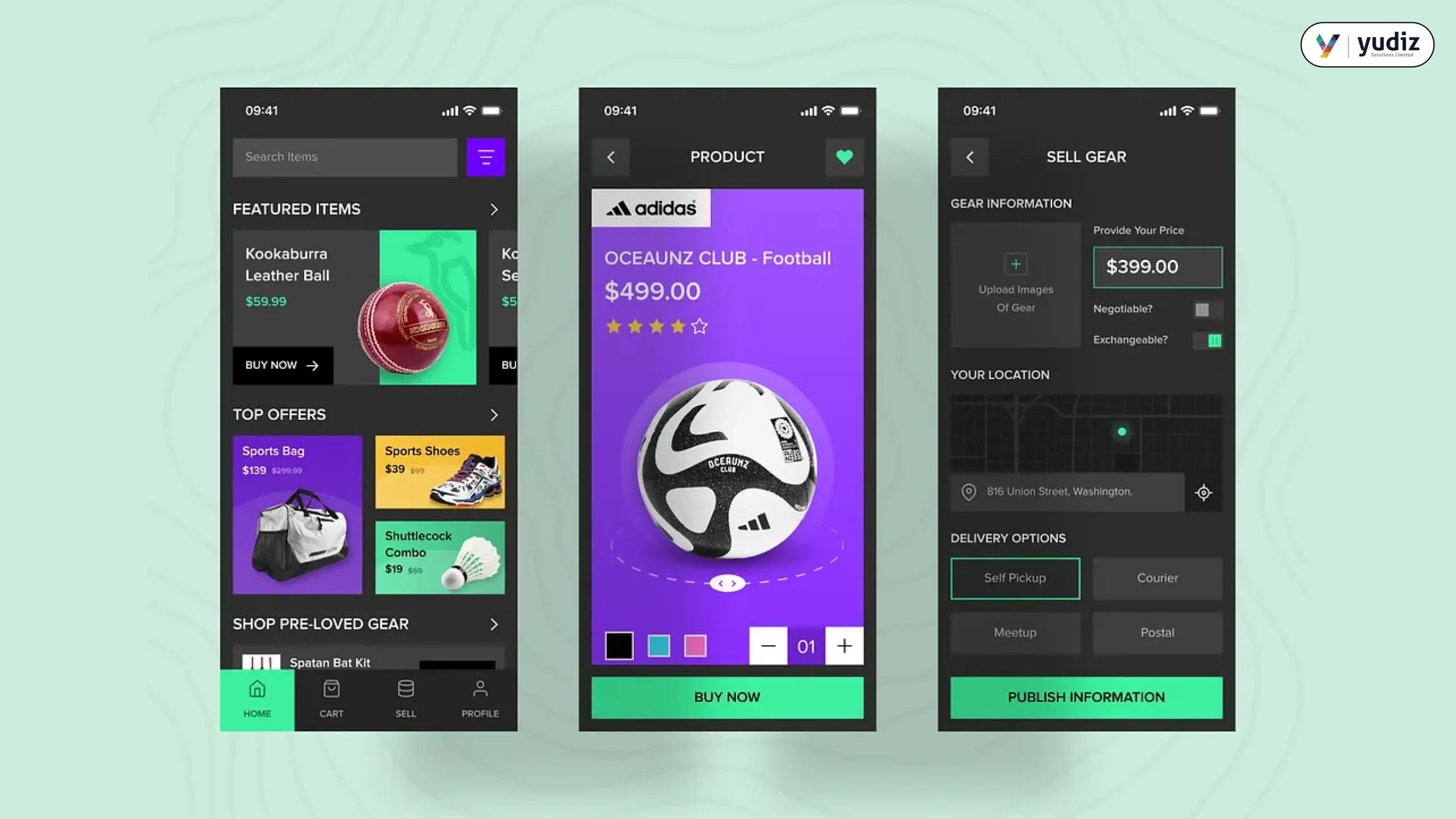
How to Build a Successful On-Demand Delivery App?
1. Market Research and Selecting a Business Model
Before diving into the on-demand app development process, it is important to conduct market research, analyze competitors, identify the target audience, and understand the demand of the users. This will help to understand the weaknesses and strengths of the user’s requirements.
Before moving forward with the technical aspect of development, make sure of the type of business model based on the type of service offered.
- Single Store Model: This is for small businesses and stores that are willing to manage their deliveries.
- Aggregator Model: Here, in this model, multiple vendors are connected. This includes customers, restaurants, or stores, and a network of delivery partners.
- Hybrid Model: This is a combination of more than one model. For example, the platform offers delivery service as well as third-party courier service.
However, defining early business models helps in designing the application structure, functionality, and implementation of the best marketing strategy.
2. On-Demand Delivery App Features
For a business, in order to deliver a seamless user experience, one needs to integrate with the features of an on-demand delivery app. This includes –
For Customers:
- Registration: Sign up using email, social media accounts or phone number
- Real Time Tracking: The customer can track the delivery partner in real time.
- Multiple Payment Option: Allow customers to pay with multiple payment options like online, credit card, cash on delivery, etc.
- Order History: Customers can view their past order history
- Push Notifications: Keep the customers updated with the latest offers, status of order, promotions, etc.
- In-app support: This is customer support that is built in app for seamless problem-solving for customers
For Delivery:
- Delivery Profile: This contains basic information about the delivery partner with its availability and required documents
- Navigation: GPS and route optimization for faster delivery
- Earning: Develop a dashboard that shows their earning and tips
- Delivered: Allow delivery partners to mark the task as delivered, including a photo or a signature to indicate once delivered.
For Admin:
- Dashboard: The admin can access here to track orders, deliveries, and customer reviews
- Delivery Partner Management: Admin can easily manage and track the performance of the delivery or the couriers
- Analytics & Reporting: Admin can get a detailed report and analysis to track the report and identify errors, if any.
Also Read : Trends in Cross-Platform Mobile App Development Tools
3. Technology Stack for an On-Demand Delivery App
For smooth and reliable on-demand delivery app development, it is important to select the right technical stack. This includes –
- Frontend Development: For cross-platform development, React Native or Flutter is used, which supports both Android & iOS
- Backend Development: Backend frameworks like Node.js or Django (Python) for real-time data processing.
- Database: To store the data, use PostgreSQL or MongoDB, which stores it securely.
- Payment Gateway Integration: A secured payment gateway like Stripe, PayPal, etc., for payment processing.
- Cloud Hosting: Use cloud platforms like AWS, Google Cloud, or Microsoft Azure to host the on-demand app
4. Step-By-Step Process: How to make an on-demand delivery app?
There is a structured process to be followed to make an on-demand delivery app. This includes-
- Research & Planning: The overall development process starts with planning. About outlining the core functionalities and the intuitive design of the application. This includes in-depth market research that helps to stand top in the competition.
- Designing: This is the most crucial part of developing an on-demand application. The users are attracted first by the visually appealing nature of the application. Hence, creative & user-friendly design helps to get more users to the app.
- On-Demand App Development: Here, the actual development process takes place. This includes developing an on-demand app that includes frontend, backend, and implementing all the necessary APIs for payments, real-time tracking, and communication.
- Testing: The on-demand app must be thoroughly tested across different platforms and devices. This helps to identify the bugs or errors if any are found, and solve them before deployment. Testing makes the app work smoothly and seamlessly.
- Launch & Maintenance: Once done with the testing, it is not to launch the application in the marketplace. Also, there is some post-launch support and maintenance required in case of any bugs, updates, or to add new features to the application.
Also Read : How to Develop an App like Disney Hotstar?
5. Monetization Strategies
Developing an on-demand application is not yet done; to make it a successful one, it requires the right monetization strategies. There are different monetization strategies. It includes –
- Commission-Based Model: Charging a some amount of percentage to vendors as a commission.
- Subscription Model: Offering premium membership benefits to customers & offering them unlimited free deliveries
- Delivery Fees: Customers need to pay a delivery fee based on distance and order size
- In-App Advertising: Displaying ads in app by partnering with other brands and big companies.
On-Demand Apps Made Easy!
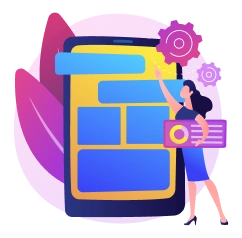
Conclusion
A successful on-demand app requires proper analysis of the market, user requirements, and constant updating of the app. Also, applying the best monetization strategies leads to good revenue generation with the application. For a business or an entrepreneur, outsourcing your on-demand app development is the best choice one can choose. However, to have guidance right from the start till the launch an on-demand app development company can help with the overall development process till the launch in the marketplace.
Frequently Asked Questions
To build an on-demand delivery app one needs to –
- Research, Analyze the Market
- Competitor Analysis
- Type of Application(Food Deliver, Courier Delivery)
- Features to Be Integrated
- Payment Options
- User Friendly Design
- On-Demand App Development
- Testing
- Launch
The cost to build an on-demand app, a simple version may cost $20,000–$40,000, while a full-featured app can range from $50,000 to over $200,000. The cost may vary depending on the requirements and the features to be integrated.
To develop a basic version of an on-demand application takes about 3 to 6 months. A more advanced app with many features can take 9 to 12 months.
Build the app using scalable code and architecture, and cloud-based servers like AWS or Google Cloud. Keep regular testing of the application, as well as optimizing the speed.
Yes, one can integrate with third-party services like delivery partners, payment gateways into the on-demand application. One can also add payment gateways like Stripe or PayPal, and map services like Google Maps. Delivery services and chat tools can also be added using APIs.
The post-launch support requires regular updates, bug fixes, and user support. Keep the application secure by monitoring performance, features, and user requests. Technical support helps to ensure that the app runs smoothly and attracts more users with the best marketing practices through marketing support.












